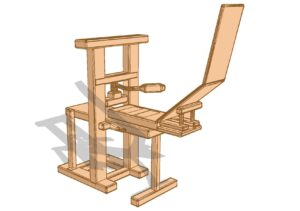Explore the latest news and find out what's on this month
Explore our learning offer for schools, families and community groups
Uncover the rich history of Elmbridge with our latest online exhibitions
Want to discover more about your local area?
Explore the latest news and find out what's on this month
Explore our learning offer for schools, families and community groups
Uncover the rich history of Elmbridge with our latest online exhibitions
Want to discover more about your local area?
In this session students will learn how the invention of the printing press changed the lives of men and women living in early modern Britain. Take a look at our PowerPoint to discover the cultural impact the printing press had on the dynamics of communication and engagement in 17th century England, then use one of our templates to create your own pamphlet or broadside ballad!
Watch this video to learn how to make a pamphlet then have a go at making your own!
A pamphlet is a booklet or leaflet containing information on a single topic. In the 17th Century, pamphlets could cover a wide range of topics from politics to religion and witchcraft!
People writing pamphlets had a range of formats to choose from – octavo, quarto or folio.
Newsbooks were a specific type of pamphlet. They contained news, which could be local, national or international.
The most popular form of newsbook in the 17th Century was a quarto. So if you are writing a newsbook, make sure you use the quarto format.
Unlike newsbooks and pamphlets, broadside ballads were composed of a single, large sheet of inexpensive paper. New ballads would be written to the tunes of well known songs, so the people who picked them up would immediately know the tune.
You can also choose a song to base your ballad on. It can be an old song or one that is popular today – just make sure you include its name so that others can sing along!
When deciding on your topic there are a few things you need to bear in mind.
